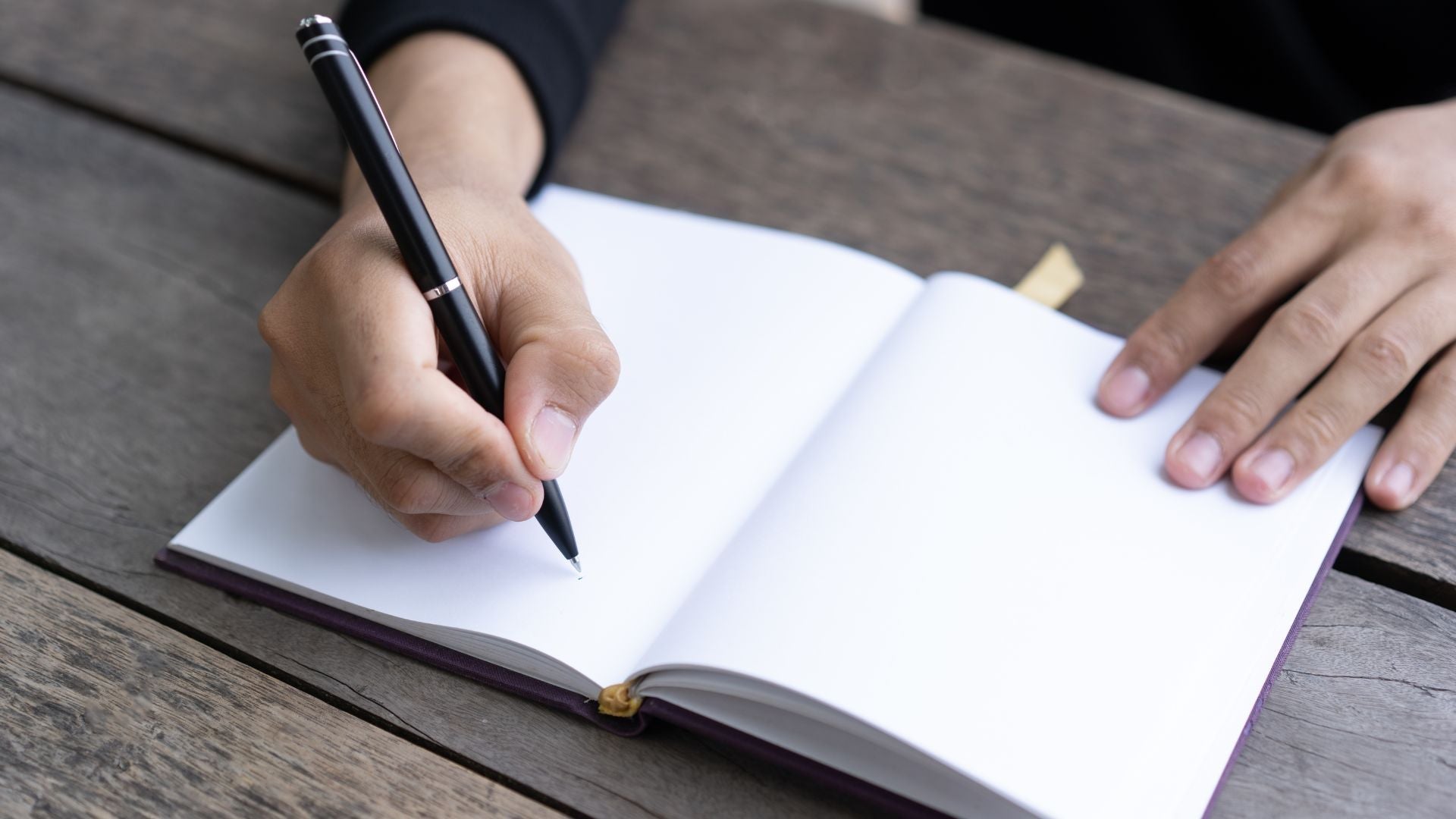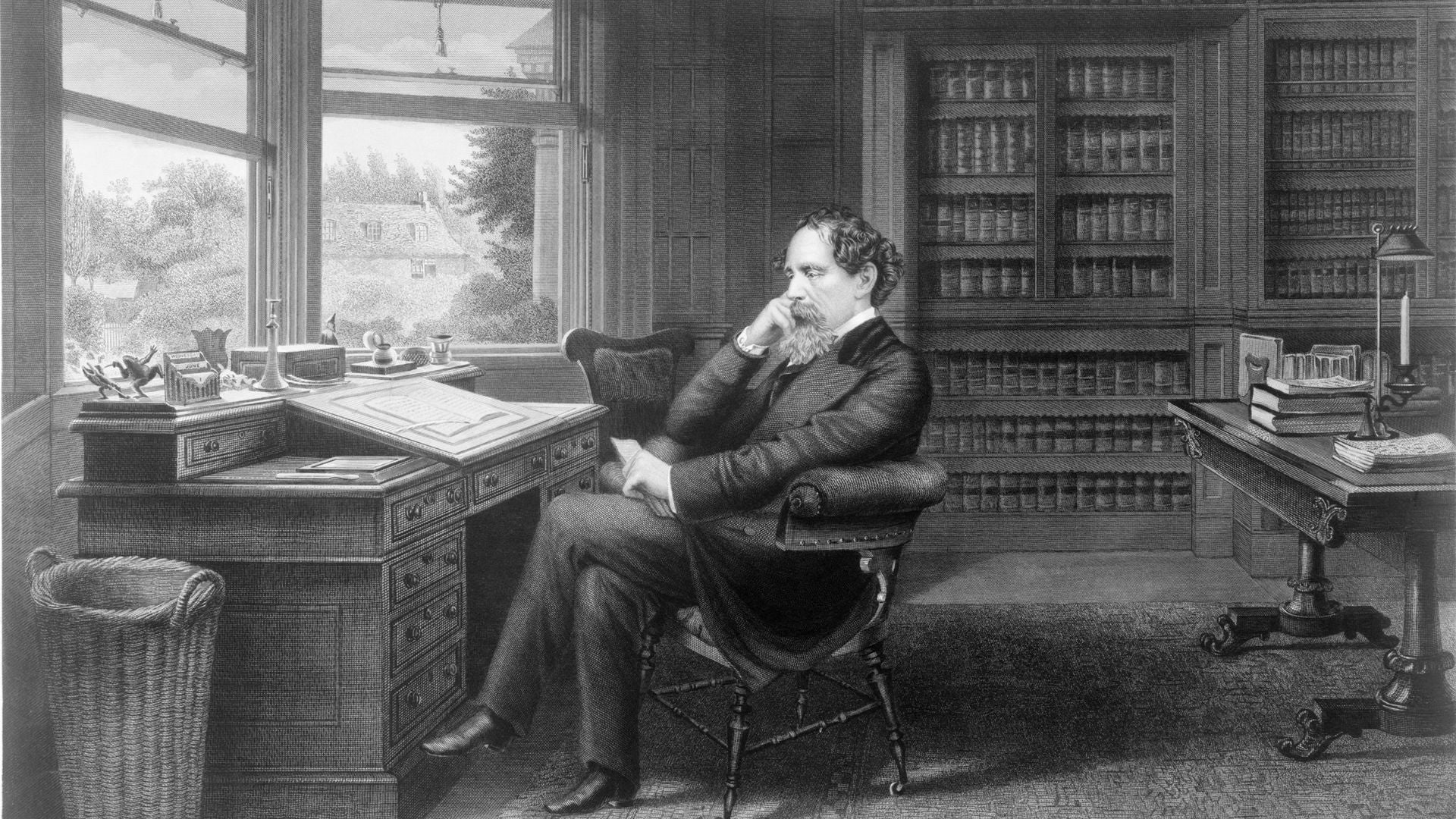Have you ever felt like your ideas flow faster than your fingers can type—yet somehow feel thinner, more fleeting on a screen?
Lately, many of us sense it: a disconnect between our minds and the words we produce. We store everything digitally, chase speed, and rarely pause to wonder what we might be missing.
That’s why we find ourselves asking: Could returning to handwriting be more than nostalgia? Could it be the key to thinking more vividly, feeling more deeply, and creating more freely?
Artists, writers, and thinkers across centuries believed so—and modern research suggests they were onto something profound. Writing by hand isn’t just recording words; it’s a way of unlocking creativity, emotion, and even well-being.
So perhaps the real question is: what might we discover if we picked up a pen again?
The Brain–Hand Connection: A Pathway to Creativity
And if we do pick up that pen… what actually happens in our minds?
It turns out, quite a lot. When we write by hand, our brains light up in ways that typing simply doesn’t. Neurologists have found that handwriting engages regions responsible for thinking, memory, and even how we process sensations. It’s as if the act of shaping letters carves new pathways through the mind, making connections we might otherwise miss.
Unlike typing—where words appear instantly and uniformly—handwriting insists we slow down. Each stroke takes time. That small pause creates precious space for reflection, letting ideas collide and spark in unexpected ways. It’s in those quiet moments between words that creativity so often finds room to breathe.

Why Writing by Hand Helps You Express Emotions and Reduce Stress
And there’s another reason handwriting holds such quiet power: it’s deeply emotional.
Creativity often flows from what we feel. And while screens can capture words, they rarely capture the energy behind them. Handwriting, though, is different. Each curve, each loop, carries your personal rhythm—like a fingerprint of your mood and mind in that moment.
There’s something cathartic about pressing pen to paper. It’s physical. Honest. Emotions pour out more freely when you can feel the drag of ink, the texture of the page beneath your hand.
That’s why so many artists, poets, and designers keep handwritten journals tucked away. On those private pages, they’re free to explore raw thoughts without judgment. They sketch, scribble, dream, and sometimes stumble onto ideas that later shape their most meaningful work.
Because sometimes, the page listens better than any screen ever could.
Exploring The Journey From Words to Artistic Vision
But handwriting isn’t only about words and feelings. It’s also about turning language into something you can see, touch, and feel—a kind of art that belongs to you alone.
For calligraphers, designers, and visual artists, letters are more than symbols. They’re shapes waiting to be sculpted, lines waiting to dance. The space between letters becomes part of the composition. The tilt of a stroke, the sweep of a curve—it all carries emotion and intention. Even without reading the words, you can sense the feeling behind them.
But the truth is, you don’t have to be an artist to tap into this side of handwriting. There’s a quiet pleasure in choosing a pen that feels right in your hand, in feeling the texture of good paper, in experimenting until the way your letters look matches how you feel inside.
The benefit is simple but profound: turning handwriting into an art form isn’t just about how it looks—it’s about how it makes you feel. It brings focus. It helps you slow down. And it gives you a way to show the world—and yourself—who you are, without ever speaking a word.
Each mark you make becomes a small act of self-expression. A way of saying: this is me, and this is how I see the world.

Handwriting as a Tool for Well-Being
The same way handwriting lets us shape letters into art, it also shapes something inside us: a sense of calm and focus we rarely find elsewhere.
Creativity needs space to breathe, yet today’s world scatters our focus and leaves our thoughts restless. Picking up a pen can feel like reclaiming a quiet moment for yourself. Studies show writing by hand doesn’t only produce beautiful words or art—it can ease stress, lower anxiety, and bring calm, much like meditation.
In those moments, handwriting becomes more than words on a page—it becomes a place to retreat and regroup. Psychologists say the physical act of writing engages fine motor skills and sensory feedback, which helps quiet mental noise and shift the brain into a calmer state. The rhythm of pen strokes creates a steady, repetitive motion that works almost like a form of meditation.
And when ideas feel stuck, even scribbling random words or shapes has power. It breaks the perfectionism that often blocks creativity and signals to the brain that it’s safe to explore without judgment. Studies have shown that free writing—simply moving your hand across the page without worrying what comes out—can lower stress and spark fresh connections between thoughts.
Often, it’s in those small pockets of stillness that we remember why we create—and how the simple act of writing by hand helps us keep moving forward.
Tips for Using Handwriting to Boost Creativity
Curious to explore how handwriting can enrich your creative life? Try these simple practices:
-
Keep a Daily Personalized Journal: Spend five minutes each day writing freely. Don’t worry about grammar or style; just let thoughts spill onto the page.
-
Create Mind Maps: Jot ideas in a web-like diagram to visualize connections and inspire new directions.
-
Write Letters (Even if You Don’t Send Them): A personal letter to a friend—or even to your future self—can unlock surprising insights.
-
Experiment with Calligraphy or Artistic Scripts: Explore lettering styles to blend writing with visual art.
-
Use Beautiful Writing Tools: A handcrafted leather journal and a pen that feels good in your hand can elevate the writing experience and encourage you to return to the page. And when you add touches of personalization—maybe your initials embossed on the cover, or a color that feels uniquely yours—it transforms journaling into something even more special: a space that belongs entirely to you.

A Timeless Ritual Worth Keeping
Sometimes, it’s the hush that falls as the pen moves, or the small pause between words, that reminds us why we create in the first place. Handwriting is more than a tool; it’s how we give shape to our thoughts, trace the edges of our feelings, and coax new ideas into the light.
Across each part of this journey, one truth stands out: handwriting doesn’t just record our thoughts—it really transforms them. It sparks new ideas by slowing us down and engaging our senses. It invites artistic expression, whether in sweeping calligraphy or quiet personal notes. And it keeps us connected to our creativity in a way that no digital tool ever quite can.
So whether you’re an artist in pursuit of a fresh vision, a writer finding your way through a tangle of ideas, or simply someone craving the calm of a mindful moment, know this: the page is waiting.
Pick up your pen. Feel the weight of it in your hand. And trust that somewhere between ink and paper, something beautifully unexpected might appear.
Every handcrafted journal by Epica begins the same way: empty pages, soft leather, and the subtle sense that something important might happen here. Maybe it’s the day you write down an idea that changes everything, or a memory you never want to forget. Whatever finds its way onto these pages, Epica has uniquely crafted a place worthy of keeping it.







